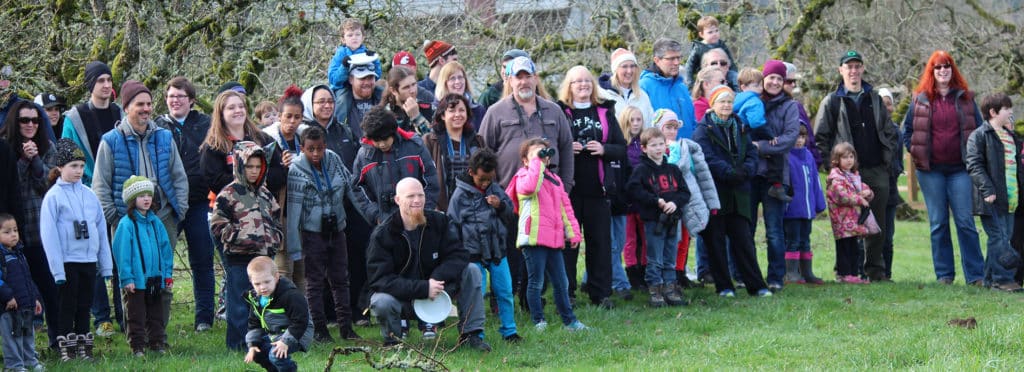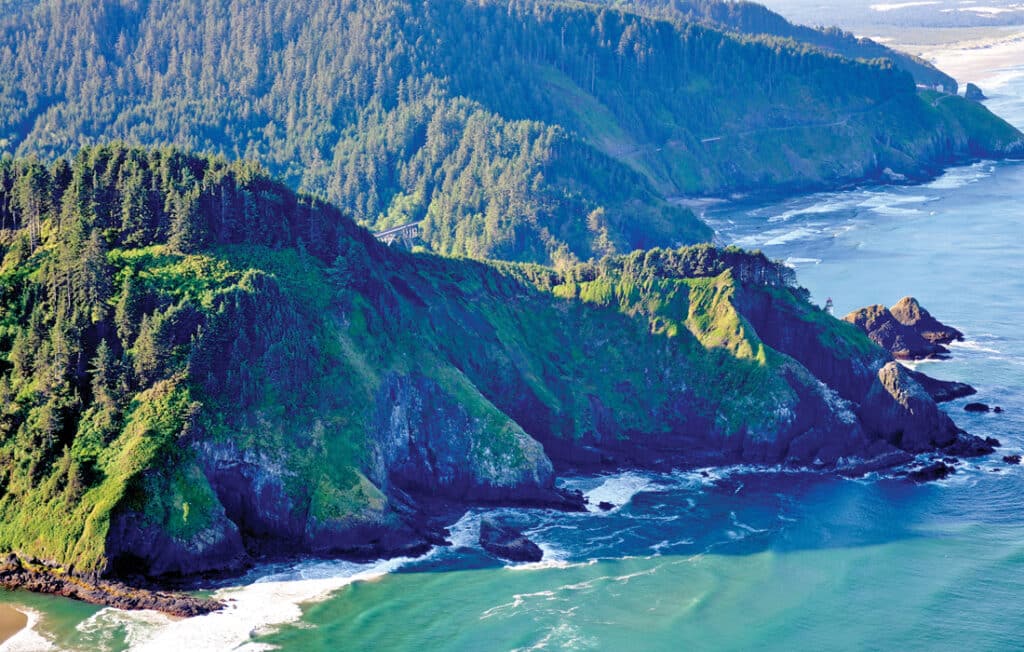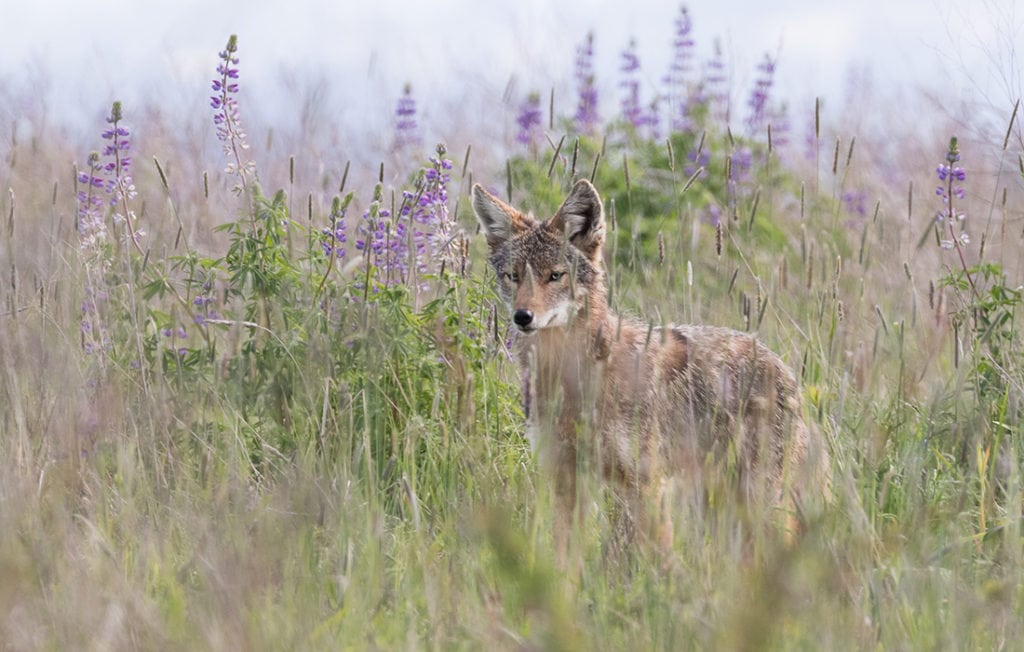
When the turtle arrived at the care center, staff quickly set its most severe fracture, located on a section of the shell called the bridge. The bridge connects the shell’s carapace (top) and plastron (bottom). The other fractures did not need to be repositioned.
To keep these wounds from getting infected, the turtle receives daily injections of anti-inflammatory and antibiotic medications. Like a ship in need of repair, the turtle is also “dry docked” at night – it spends the evening out of the water so the cracks in its no-longer-waterproof shell can dry.
So far, the turtle’s recovery is going smoothly. Hopefully it will be ready to head back into the wild a year and a half from now!

Oregon is home to two native turtle species, the Western Pond Turtle and Western Painted Turtle. Both are listed as “critical” on the state’s sensitive species list. Pond turtles are threatened by habitat loss and predation from invasive species, but they’re making a comeback thanks in part to a “head start” project conducted by the Oregon Zoo and other partner organizations. Turtle hatchlings are collected from wild nests and raised at the zoo; once the turtles are large enough to avoid most predators, the zoo releases them back into the wild. Learn more.



